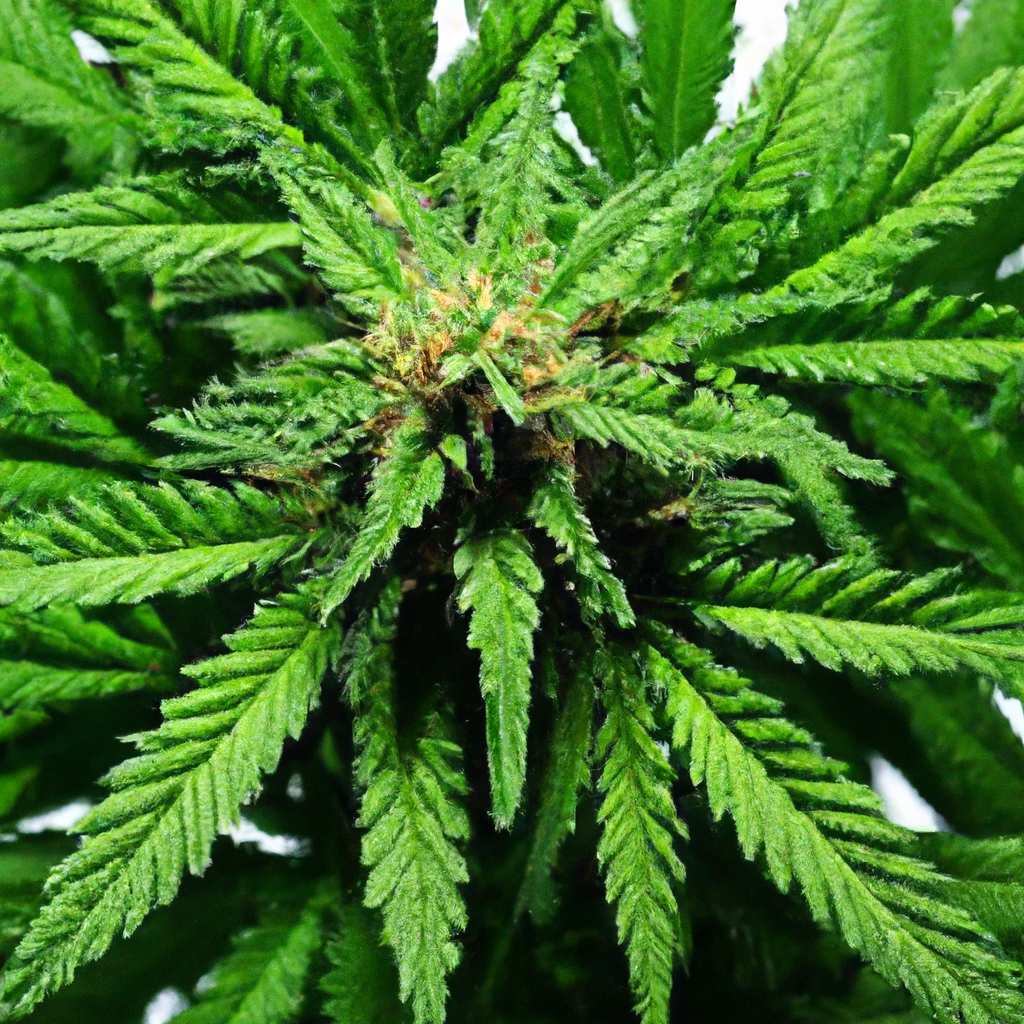Exploring the unseen world of cannabis microbiomes reveals hidden powers that shape the very health and potency of our beloved plants. John “Magic” Greenleaf dives into the microscopic connections that drive resilience, growth, and unparalleled quality in cannabis cultivation.
Introduction to Cannabis Microbiomes
Cannabis cultivation is not just about the visible aspects like leaves, flowers, or stems. Beneath the soil surface and on leaf surfaces lies an unseen world of microbiomes—an intricate web of bacteria, fungi, and other microorganisms that significantly influence the plant’s health. These tiny powerhouses help in nutrient cycling, disease resistance, and even stress tolerance, making them a critical component for any serious grower to consider.
The Role of Microbiomes in Plant Health
Microbiomes contribute to various essential processes in cannabis cultivation:
- Nutrient Cycling: Microorganisms break down organic matter, converting it into nutrients like nitrogen, phosphorus, and potassium, essential for plant growth.
- Disease Resistance: The beneficial microbes compete with harmful pathogens, reducing the likelihood of plant diseases and fostering a healthier growing environment.
- Stress Reduction: Microbiomes enhance the plant’s ability to cope with environmental stressors like drought or extreme temperatures—a boon in high-altitude growing conditions.
Optimizing Microbiomes for Cannabis Cultivation
To harness the full potential of microbiomes, consider these strategies:
- Use of Organic Amendments: Incorporate compost or organic matter into your soil. These materials are rich in beneficial microbes, boosting the microbiome diversity and function.
- Bioinoculants Application: Apply commercial products containing beneficial bacteria and fungi, such as mycorrhizae, to increase the microbial activity around the roots.
- Reduce Chemical Inputs: Minimize the use of chemical fertilizers and pesticides that can disrupt the microbial balance, opting instead for natural alternatives.
Real-World Example: Microbiomes in Action
In high-altitude regions like Colorado, John “Magic” Greenleaf has seen firsthand how optimizing soil microbiomes can lead to healthier, more resilient plants. By focusing on organic cultivation practices, he observes an increase in root growth and a decrease in disease prevalence, leading to more robust and potent strains.
Conclusion
By integrating microbiome management into your cultivation practice, you tap into a natural resource that bolsters your plant’s health and productivity. Embrace the magic of the unseen; your plants will thank you with healthier growth and richer yields.
Tags: Organic Cultivation, Sustainability, Environmental Control, Educational Insights


Leave a Reply